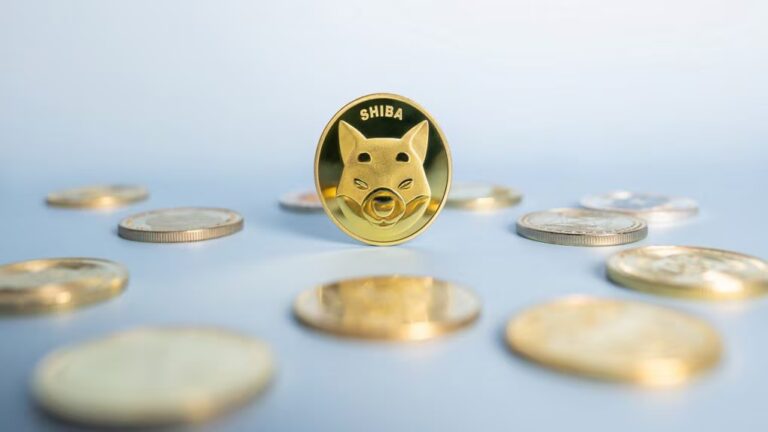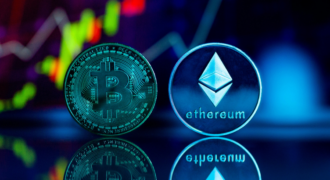In the world of cryptocurrency, meme coins have carved out a unique and sometimes controversial niche. From the explosive rise of Dogecoin to the meteoric surge of Shiba Inu, these coins have not only brought fun to the crypto market but have also shown how unpredictable, volatile, and often speculative the space can be. But with so much hype surrounding meme coins, the question remains: Hype or Hyperbole? Are these meme-driven coins a legitimate investment opportunity, or is it all just a temporary trend fueled by internet culture and viral communities? Let’s take a deep dive into the movements of meme coins and explore whether they represent a new frontier in crypto or simply the latest example of speculative frenzy.
The Meme Coin Phenomenon: What Are They?
Meme coins are cryptocurrencies that gain traction primarily due to online memes, social media virality, and the passion of their communities rather than any substantial technological innovation or real-world use case. They are often created as a joke, parody, or social experiment, yet some have exploded in value, with early investors reaping substantial rewards.
Dogecoin is the prime example. Launched in 2013 as a lighthearted parody of Bitcoin, it featured the Shiba Inu dog from the “Doge” meme. For years, Dogecoin lingered as a niche joke in the cryptocurrency world. However, in 2021, the coin saw an astronomical rise in value, partially thanks to endorsements from celebrities like Elon Musk and widespread social media attention. What started as a meme was suddenly worth billions of dollars, prompting a wave of speculation about the long-term viability of meme coins.
Following Dogecoin’s success, a variety of other meme coins began to pop up, with Shiba Inu being the most notable. Often referred to as the “Dogecoin killer,” Shiba Inu grew rapidly due to a combination of community hype, social media campaigns, and a growing number of exchanges listing the coin.
The Role of Community: Powering the Hype
One of the defining features of meme coins is the role of community. Unlike major cryptocurrencies like Bitcoin or Ethereum, whose value is often driven by technological developments, institutional adoption, or real-world use cases, meme coins are largely propelled by the enthusiasm of their online communities.
Social media platforms such as Twitter, Reddit (specifically the r/cryptocurrency and r/cryptomoonshots subreddits), and Telegram have become key battlegrounds for meme coin enthusiasts. These communities fuel the speculation by spreading news, memes, and rumors that create a sense of urgency or FOMO (fear of missing out) around a particular coin.
For example, Dogecoin’s meteoric rise in 2021 can be directly linked to the constant online buzz surrounding the coin. Elon Musk, the CEO of Tesla and SpaceX, often tweeted about Dogecoin, calling it “the people’s crypto” and even sending the price to the moon with a few playful comments. This celebrity-driven hype transformed what was once a joke into a legitimate asset, though its long-term sustainability remains questionable.
The Shiba Inu community also followed a similar pattern, with dedicated followers pushing the token to new highs by creating viral content, sharing optimistic price predictions, and encouraging widespread adoption. In fact, many meme coins are so heavily driven by social media hype that it can be difficult to discern whether their value is based on any fundamental factors or if it’s just the next big thing in the crypto world.
The Risks: Volatility and Speculation
While meme coins can generate quick profits, they are also notoriously volatile. This is part of the reason many view them as speculative investments rather than long-term holdings. Without substantial technological backing or tangible use cases, meme coins lack the fundamental qualities that make cryptocurrencies like Bitcoin or Ethereum valuable over time. Instead, their value is driven by the hype and speculation surrounding them—forces that can change on a dime.
Take, for instance, the wild fluctuations in Dogecoin’s price. After reaching its peak in May 2021, it quickly lost much of its value as the initial excitement died down. The same pattern has been observed with Shiba Inu and countless other meme coins, with massive price surges followed by steep declines. The result? Investors who bought at the top often found themselves with significant losses when the speculative bubble burst.
Meme coins are also highly susceptible to manipulation. Whales—large investors who hold a significant portion of the supply—can easily sway the market by buying or selling large amounts of a coin. This manipulation, coupled with the fast-moving nature of meme coin communities, creates an environment of uncertainty and risk for retail investors.
The Hype Factor: Can It Be Sustained?
As with any speculative asset, the key question for meme coins is whether the hype can be sustained. Historically, trends like these tend to burn bright but fade quickly. There’s no denying that the power of social media and community-driven excitement has pushed meme coins into the spotlight, but can they hold on to their relevance?
Some argue that meme coins can evolve and develop into more meaningful assets. Dogecoin, for example, has gradually begun to transition from a joke to a legitimate cryptocurrency, with some businesses accepting it as payment and developers working on technical improvements. Meanwhile, Shiba Inu has introduced decentralized finance (DeFi) protocols and even launched its own ecosystem, trying to distance itself from the label of being “just a meme.”
But despite these efforts, many meme coins still face the same fundamental problem: they lack a clear use case. While Bitcoin and Ethereum power decentralized applications and store of value use cases, meme coins generally offer little more than a digital novelty. The lack of real-world utility makes it hard to predict whether the meme coin phenomenon can sustain itself over time.
The Verdict: Hype, Hyperbole, or the Future?
So, are meme coins all hype or is there something more to them? The answer, as with most things in crypto, is likely a bit of both. Meme coins can be fun and profitable in the short term, but they come with significant risks. Their value is often driven by speculation, rather than any inherent qualities or technological advancements.
For investors, meme coins can be a high-risk, high-reward venture. They can offer quick gains during periods of intense speculation, but those gains can be easily erased once the hype fades. As with any investment, it’s essential to do your due diligence and be prepared for extreme volatility. For those seeking long-term investments or stability, meme coins may not be the best choice.
Ultimately, meme coins are a fascinating example of how communities and social media are reshaping the world of finance. Whether they remain a fleeting fad or evolve into something more substantial remains to be seen, but for now, they are a testament to the power of internet culture and the speculative nature of the crypto market.
In the end, tracking meme coin movements is much like navigating the tides of hype—sometimes it’s all about timing, community enthusiasm, and a little bit of luck. So, the next time you hear about the latest meme coin sensation, ask yourself: Is it hype, or is it hyperbole?






